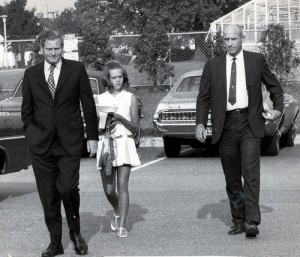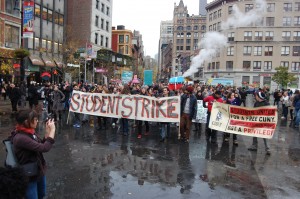John McAuliff
The Color of their Skin, Robert Pratt
For this blog I’ve decided to break down the chapters into three timelines, since Pratt is dense and a lover of tangents. What seemed like a simple prospect resulted in a three hour battle with the text to figure out exactly what was really happening this whole time, so I hope this is helpful.
Policy of Containment 1956-65
Dec 29, 1956 Creation of the Pupil Placement Board
1956-8 Oliver Hill leads court case against PPB
Mar 1, 1960 Local option PPB goes into effect, board resigns
Aug 15, 1960 PPB assigns 2 children to white school on proximity
Sep, 1960 Of 200K black pupils in VA, 170 were in white schools
Sep. 1963 Of 26K black pupils in Richmond, 320 in white schools
Mar. 1963 Feeder system and dual zoning abolished
Mar 16, 1964 Freedom of Choice Act approved.
Take-away: Tokenism was proving effective at stalling desegregation.
Myth of Operation 1966-71
Jun 30, 1966 PPB expires
Jan 1 1970 Richmond annexes dominantly white Chesterfield
Jan 1970 School board expands (5 to 7) with three blacks
1970 FoC fails. 85% of blacks attend black schools in its final year
1970 Grade pairing attempt fails because black and white schools are not close by
Aug 31, 1970 Third plan fails as 5,000 don’t show up
Jan, 1971 Merhige declares past plans a failure, integration slows at 30%
Apr 5, 1971 Merhige orders schools to have same black to white ratio throughout
Take-away: Clever subterfuge and housing discrimination slows desegregation, but by 1971 Merhige orders a bold step forward.
The Busing Experiment 1971-73
Aug 1970 Gov. Holton escorts white daughter to black school
Apr 21, 1971 Swann finds local gov’t unwilling to desegregate, allows Merhige bus plan
1971 Conservatives Rehnquist and Powell appointed to Supreme Court, shifting power
Jan 10, 1972 Merhige merges county and city schools to expand busing
Jun 5, 1972 Appeals court overturns Merhige
May 21, 1973 Supreme Court hears case and votes to do nothing, letting the appeals court decision stay
Take-away: The dramatic decisions of Merhige that would have integrated schools were supported by the Republican moderate Holton, but eventually shot down by the more conservative Supreme Court.
In the end, was Brown working? Before Merhige’s dramatic attempt to integrate, 30% of blacks were in white schools. Equally interesting, would his plan have worked? How do the different factors of housing, tokenism, and local government play a role in this era?


